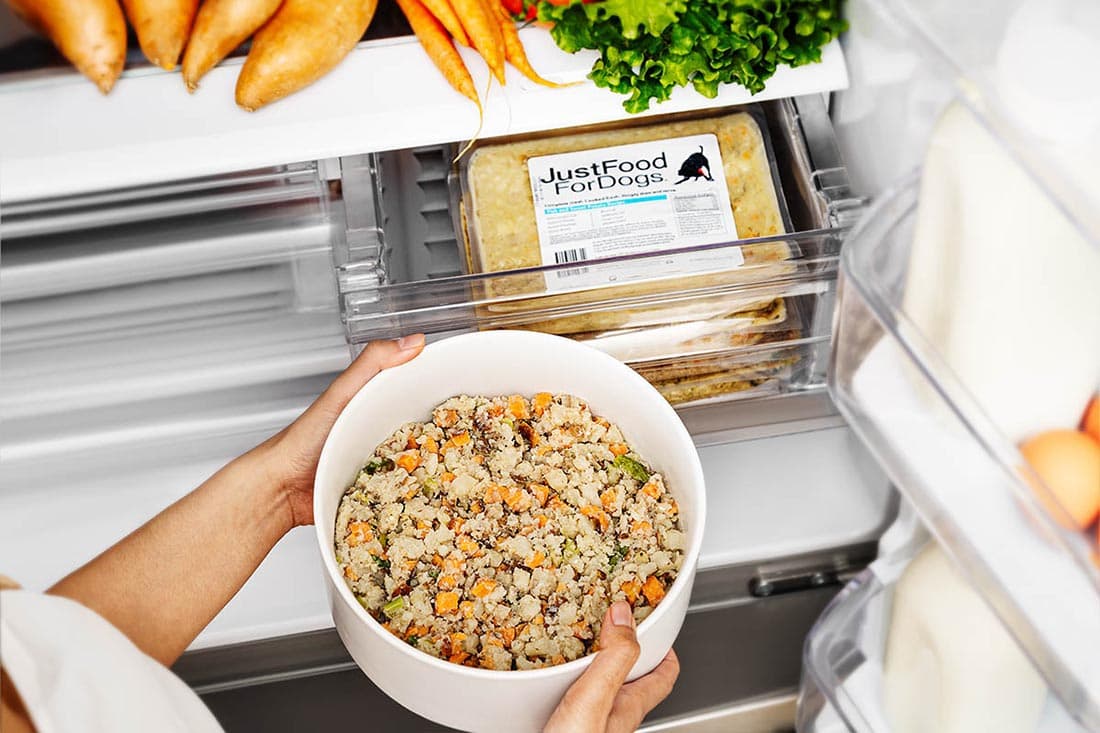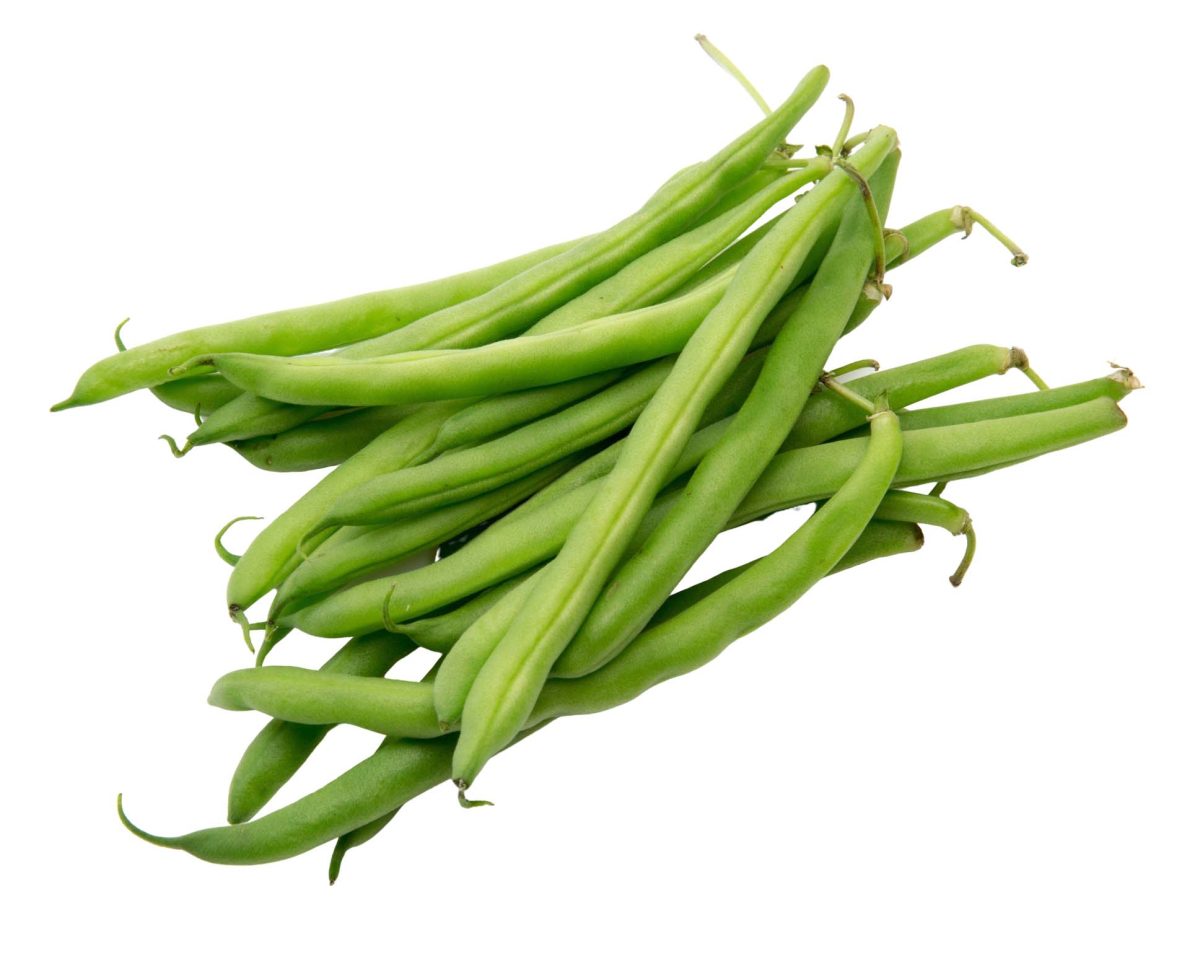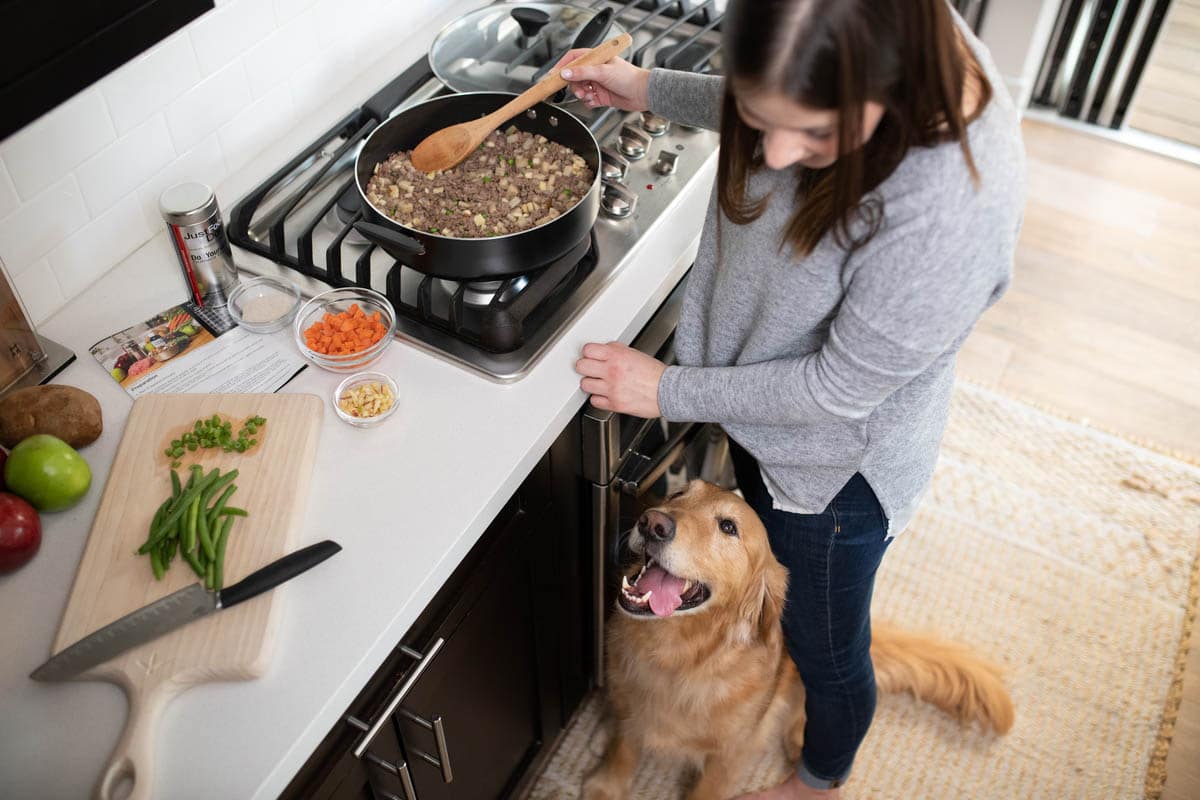All About Rotational Feeding for Dogs
There's a growing trend among pet parents called rotational feeding that brings variety into your dog’s diet. Here's what to know.
We all know the importance of a healthy diet for ourselves, and our furry friends are no different. While finding high-quality dog food is crucial, there’s a growing trend among pet parents called rotational feeding that brings variety into your dog’s diet.
Rotational feeding, in essence, is offering your dog a variety of foods within a set schedule. This can involve switching up the type of food (dry dog food/kibble, wet food, fresh dog food), different protein sources (chicken, beef, fish, venison, etc.), or even grain content (whole grain vs. grain-free).
Why Try a Rotational Diet?
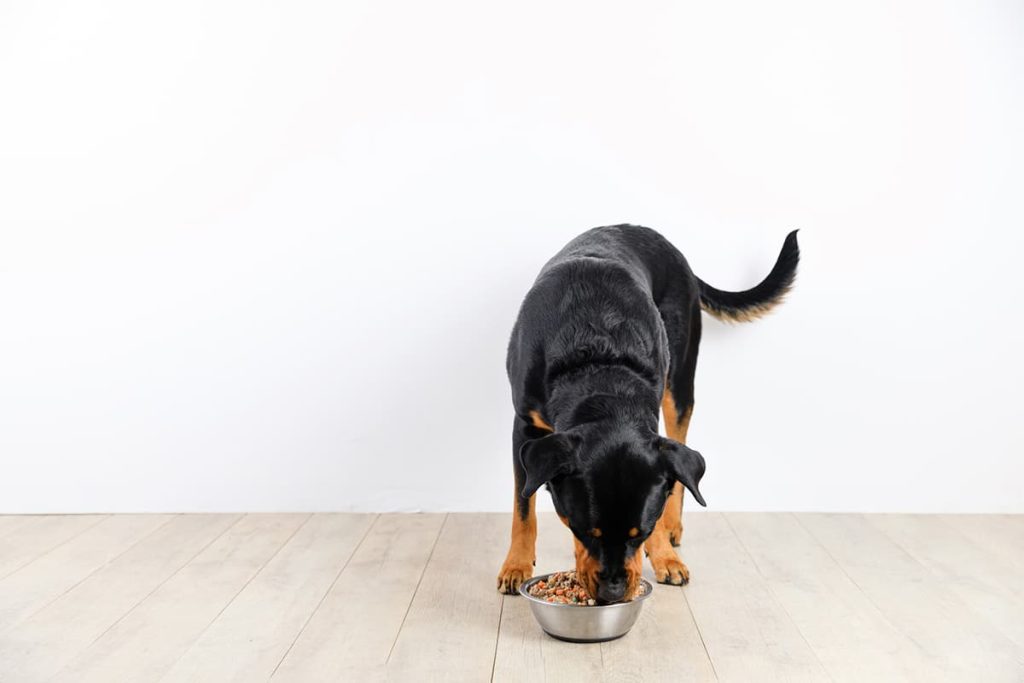
There are several potential benefits to consider:
- Reduced Boredom: Just like us, dogs can get bored with the same meal every day. Rotational feeding can keep mealtime exciting for picky eaters and encourage a healthy appetite.
- Dietary Variety: A rotational diet provides your dog with a diverse nutritional profile with a wider range of amino acids, vitamins, and minerals, potentially promoting overall health.
- Reduced Risk of Food Sensitivities: Constantly feeding the same protein sources may increase the chance of developing food allergies. Rotation can help avoid this.
- Gut Health Boost: A variety of foods can promote a healthy gut microbiome, which plays a vital role in digestion and immune function. Prebiotics and probiotics, often found in high-quality toppers, can further support gut health.
Important Considerations
Pet owners should keep the following in mind before you start rotational feeding:
- Talk to Your Vet: Discuss your dog’s individual needs and any potential health concerns before starting a rotational diet. A veterinarian or animal nutritionist can help you create a balanced diet plan.
- Start Slow: Introducing new food too quickly can lead to digestive upset. Gradually transition your dog over 7-10 days, mixing increasing amounts of new food with their old food.
- Monitor Your Dog: Pay attention to your dog’s stool, energy levels, and any signs of discomfort during the transition period. If you notice any issues, consult your vet.
- Quality Matters: Regardless of the type of food you choose, always opt for high-quality pet food that meets your dog’s nutritional needs.
- Manage Portions: Even with a variety of foods, portion control remains important to maintain a healthy weight.
What Dogs Should NOT Do Rotational Feeding
Dogs on prescription diets should not participate in rotational feeding unless supervised and given the OK by a veterinarian or veterinary nutritionist. In addition, dogs with sensitive digestive systems cannot usually tolerate meal changes as easily as others. If you are unsure, check with a vet.
Rotational Feeding Options:
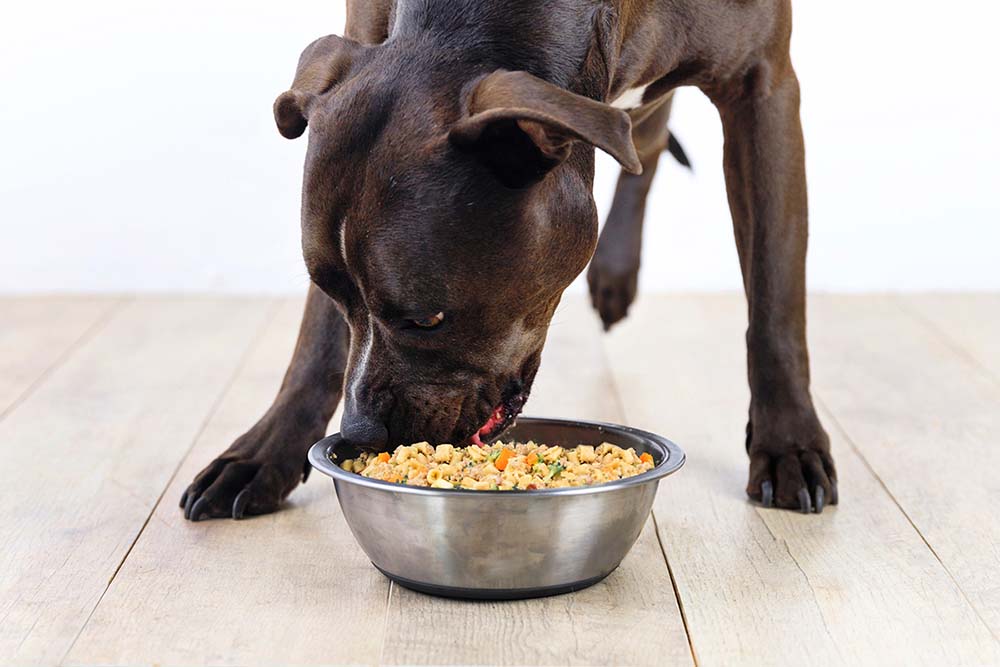
There’s no one-size-fits-all approach to rotational feeding. Here are some ideas to get you started:
- Rotate Protein Sources: Switch between chicken, beef, lamb, fish, or even novel proteins like duck or rabbit within your chosen type of food (kibble, wet, etc.).
- Mix it Up: Combine dry kibble with a spoonful of canned food or a topper for added moisture and variety.
- Schedule Your Rotations: Decide on a schedule that works for you, whether it’s daily, weekly, or monthly rotations of different types of food.
Shake things up at mealtime and explore the potential benefits of rotational feeding for your dog. By consulting your vet and introducing new foods slowly, you can create a delicious and nutritious diet that keeps your furry friend happy and healthy!
This content is for informational use only and does not replace professional nutrition and/or medical advice, diagnosis, or treatment. Do not rely on or use as a substitute for specific nutrition and/or medical recommendations. Please talk with your veterinarian about any questions or concerns.
